Heart of the Comet
by David Brin and Gregory Benford
To
Poul and Robert
Greg and Carolyn
Larry and Jerry
Charles and Harry and John
and all the rest who do it the hard way.
This novel was written on the basis of the best information available at the time concerning comets in general, and Halleys Comet in particular. It was created in the awareness (and hope) that the successful 1986 Halley probes and International Halley Watch would vastly multiply our knowledge of these fascinating leftovers of creation. If some of this new information turns out to invalidate a few premises of our story, we hope at least that the reader will credit us with daring. We felt we had to tell this story now, to honor an interplanetary envoy whose visits are so well timed to once in a human span.
The authors would like to thank those experts who were of assistance, including Professors Mike Gaffey, John Lewis, John Cramer, Bert King, and Karl Johannson, as well as Dr. Ray Newburn of JPL and Dr. Eric Jones of Los Alamos Labs. Dr. Donald Yeomans of JPL and Dr. Neal Hulkower of TRW Inc. helped with orbital mechanics.
We would also like to thank Anita Everson, Joan Abbe, Richard Curtis, Sue Roberts, Dan Spadoni, Nancy Grace, William Lomax, Bonnie Graham, April Abrams and Diane Brizolara. Karen and Poul Anderson and Astrid and Greg Bear, were most gracious, also.
Dr. Louis DAmario and Dr. Dennis Brynes of the Jet Propulsion Laboratory helped drive the plot with their wonderful calculations of planetary encounters. Each of them gets a dinner and a bottle.
And, as always, Lou Aronica of Bantam Books was understanding of the needs of authors laboring under astronomical deadlines.
We will be many things, in the future. But there will never cease to be a need for courage.
David Brin and Gregory Benford
September 1985
PART 1
BANNERS OF THE ANGELS
October 2061
He that leaveth nothing to chance
will do few things ill,
but he will do very few things.
Halifax
Positions of Inner Planets and Comet Halley
October 2061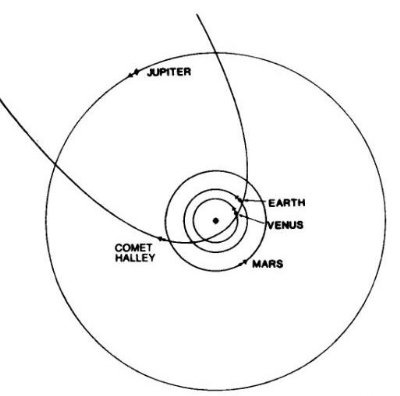
(from Ecliptic North)

(from Vernal East)
Kato died first.
He had been tending the construction mechsrobots that were deploying girders on the thick black dust that overlay the comet ice.
From Carls viewpoint, on a rise a kilometer away, Katos suit was a blob of orange amid the hulking gray worker drones. There was no sound, in spite of the clouds of dust and gas that puffed outward near man and machines. Only a little static interfered with a Vivaldi that helped Carl concentrate on his work.
Carl happened to be looking up, just before it happened. Not far from Kato, anchored near the north pole of the comets solid core, eight spindly spires came together to form a pyramidal tower. At its peak nestled the microwave borer antenna, an upside-down cup. Kato worked a hundred meters away, oblivious to the furious power lancing into the ice nearby.
Carl had often thought the borer looked like a grotesque, squatting spider. From the hole beneath it came regular gushes of superheated steam.
As if patiently digging after prey, the spider spat invisible microwaves down the shaft in five-second bursts. Moments after each blast, an answering yellow-blue jet of heated gas shot up from the hole below, rushing out of the newly carved tunnel. The bellowing steam jet struck deflector plates and parted into six plumes, fanning outward, safely missing the microwave pod.
The borer had been doing that for days, patiently hammering tunnels into the comet core, using bolts of centimeter-wavelength electromagnetic waves, tuned to a frequency that would strip apart carbon dioxide molecules.
Carl felt a faint tremor in his feet each time a bolt blazed forth. The horizon of ancient dark ice curved away in all directions. Out-croppings of pure clathrate snow here and there jutted out through thick layers of spongy dust. It was a scene of faded white against mottled browns and deep, light-absorbing black.
Kato and his mechs worked near the microwave borer, drifting on tethers just above the surface. The cores feeble gravity was not enough to hold them down when they moved. Overhead, thin streamers of ionized, fluorescing gas swayed against hard black night, seeming to caress the Japanese spacer.
Kato supervised as his steel-and-ceramic robot mechanicals did the dangerous work. He had his back to the spider.
Carl was about to turn back to his own task. The borer chugged away methodically, turning ice to steam. Then one of the giant spider legs popped free in a silent puff of snow.
Carl blinked. The microwave generator kept blasting away as the leg flew loose of its anchor, angling up, tilting the body. He did not have time to be horrified.
The beam swept across Kato for only a second. That was enough. Carl saw Kato make a jerky turn as if to flee. Later, he realized that the movement must have been a final, agonized seizure.
The beam blasted the ice below the man, sending luminous sheets of orange and yellow gas pouring into the darkness above, driving billows of dust. Vivaldi vanished under a roar of static.
The invisible beam traced a lashing, searing path. It jittered, waved, then tilted further. Away from the horizon. Toward Carl.
He fumbled for his control console, popped the safety cover, and repeatedly stabbed the countermand switch. His ears popped as the static storm cut off. Every mech and high-power device on this side of Halley Core shut down. The microwave finger ceased to write on the ice only a few score meters short of Carl.
The spider began to collapse. Halleys ten-thousandth of a G was too weak to hold down a firing microwave generator, but without the upward kick of expanding gas and radiation pressure, the iceworlds own weak attraction asserted itself. The frame lurched and began its achingly slow fall.
What the hell you doin? My powers out.
That would be Jeffers. Other voices babbled over the commline.
Mayday! Katos hurt. Carl shot across dirty-gray ice. His impulse jets fired with a quick, deft certainty as he flew, unconsciously moving with the least wasted energy, the result of years of training. Crossing the rumpled face of Halley was like sailing adroitly over a frozen, dusty sea beneath a black sky.
Against all hope, he tried calling to the figure in the orange spacesuit, splayed, face downward, on the gouged snowfield. Kato?
When he approached, Carl found something that did not resemble a man nearly so much as a blackened, distorted, badly roasted chicken.
Umolanda was next.
The timetable didnt leave much room to mourn Kato. A med team came down from the flagship, the Edmund Halley, to retrieve Katos body, but then it was back to work.
Carl had learned years before to work through unsettling news, accidents, foul-ups. Shrugging off a crewmates death wasnt easy. He had liked Katos energy, his quick humor and brassy confidence. Carl promised his friends memory at least one good, thoroughly drunken memorial party.
He and Jeffers fixed the spider, reanchoring the foot and reflexing the leg. Carl cut away the damaged portion. Jeffers held the oxygen feed while he slapped a spindly girder segment into the opening. At Carls signal, the other spacer played the gas jet over the seams and the metal leaped to life, self-welding in a brilliant orange arc. They had the repair done before Katos body was back on the


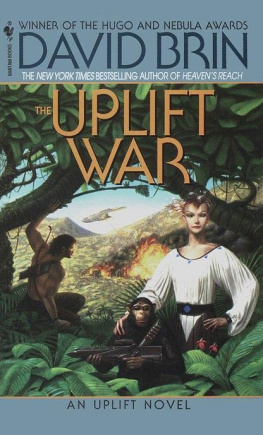
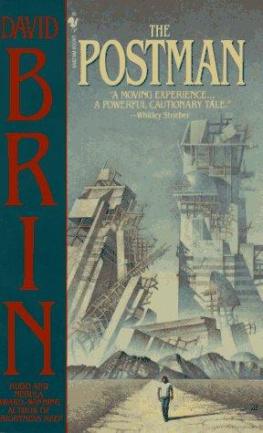
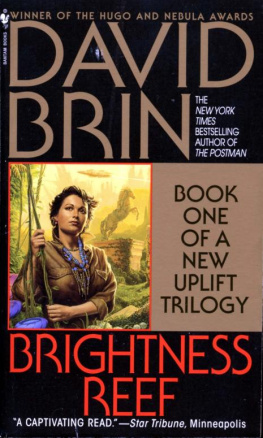
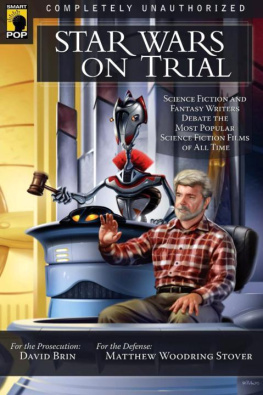
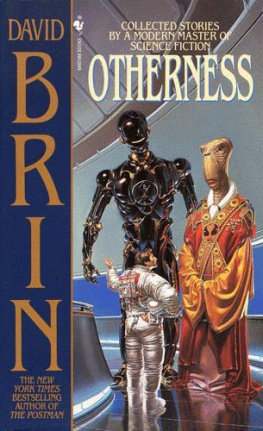
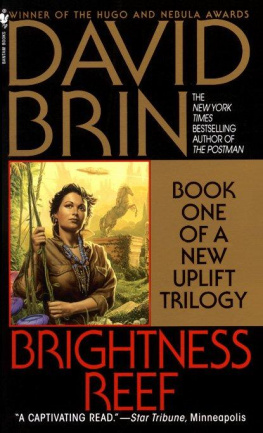
![ZHyul Vern - Off on a Comet [Hector Servadac]](/uploads/posts/book/834994/thumbs/zhyul-vern-off-on-a-comet-hector-servadac.jpg)

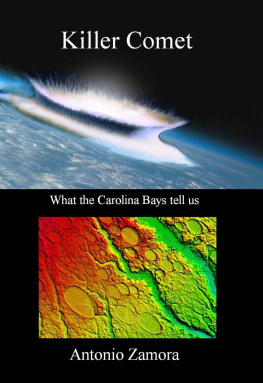

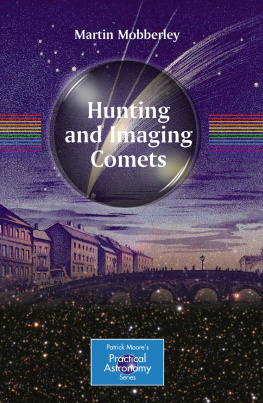

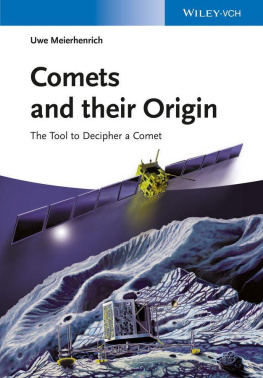

 (from Ecliptic North)
(from Ecliptic North) (from Vernal East)
(from Vernal East)